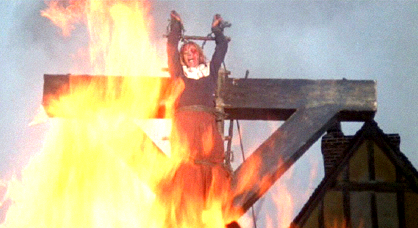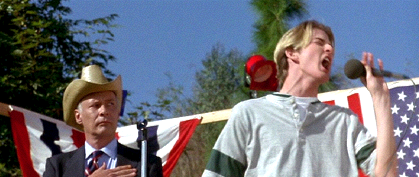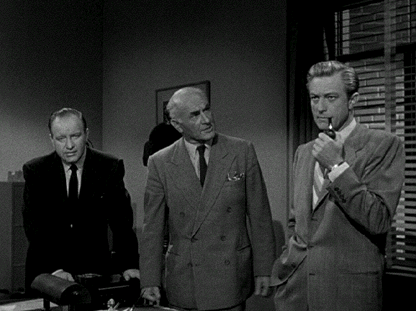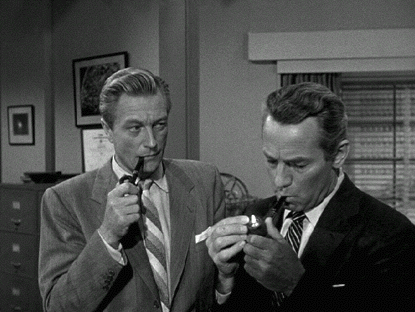Director: Michael Reeves
Writers: Tom Baker, Michael Reeves, (additional scenes) Louis M. Heyward, based on the novel by Ronald Bassett
Producers: Louis M. Heyward, Arnold Miller, Phillip Waddilove, Tony Tenser
Cast: Vincent Price, Ian Ogilvy, Hilary Dwyer, Robert Russell, Rupert Davies, Nicky Henson, Tony Selby, Michael Beint, Bernard Kay, Godfrey James, John Trenaman, Paul Ferris, Bill Maxwell, Hira Talfrey, Maggie Kimberly, Peter Haigh, Peter Thomas, Edward Palmer, Ann Tirard, Alf Joint, David Webb, Lee Peters, David Lyell, Martin Terry, Beaufoy Milton, Michael Segal, Dennis Thorne, Jack Lynn, Toby Lenon, Patrick Wymark, Gillian Aldam, Wilfrid Brambell, Margaret Nolan, Donna Reading, Sally Douglas, Philip Waddilove, Susi Field, Derek Ware, John Kidd
During the English Civil War in 1645, lawyer Matthew Hopkins (Vincent Price) and his assistant John Stearne (Robert Russell) travel the land as witchfinders. They are paid to apprehend and force confessions from those accused of witchcraft before executing them. When they accost Sara Lowes (Hilary Dwyer) and condemn her uncle (Rupert Davies) as a witch, Sara’s lover Richard Marshall (Ian Ogilvy), a Roundhead soldier in Cromwell’s army, vows vengeance.
The Flashback Fanatic movie review
This film is also notable for the conflict between the young director and star Vincent Price. Reeves wanted Donald Pleasence in the role of Matthew Hopkins, but American distributor AIP preferred the star power of their Poe films mainstay Vincent Price. Price seemed to be immediately a bit contemptuous of such a young man as director, or perhaps he had heard that Reeves was contemptuous of Price being imposed upon him. Reeves certainly did not want a repeat of the Price characterizations from his other recent films. He repeatedly interrupted Price during his takes to force the actor to underplay with a cold reserve. This resulted in one of Price’s best performances and his most despicable villain. Once Price saw his own performance, he appreciated just what Reeves had helped him achieve and had the class to tell Reeves so.
The rest of the cast is very fine. Robert Russell, as Matthew Hopkins’ henchman John Stearne, is a real bastard. He openly enjoys the brutality he inflicts, which contrasts to Hopkins’ cold reserve and makes us wonder if Matthew Hopkins actually believes in his cause. Ian Ogilvy plays the likable and stalwart hero that we expect to save the day, and Hilary Dwyer, in her film debut, is his beautiful fiancée. Ogilvy would become Roger Moore’s television successor portraying Simon Templar in the series Return of the Saint a decade later. Hilary Dwyer would soon co-star again with Vincent Price in The Oblong Box (1969) and Cry of the Banshee (1970).
Michael Reeves crafted a tale that dealt with the historic horror enabled by lawlessness and ignorance which mercenary posers took full advantage of. This film channels the same nihilism as Night of the Living Dead (1968). The horror films of the late '60s began venting the anxieties wrought from shattered optimism. Simply dropping out and turning on would not generate enough peace and love to stop war, end civil unrest, and eliminate the threat of nuclear annihilation. Despite this story taking place three centuries ago, 1968’s Witchfinder General dealt with a theme that is just as relevant today: Society being exploited by those hiding behind professed values and titles to gain personal profit and power.
The greatest horror of the film is that once accusations are made, the accused are condemned with no hope. Their innocence is never a consideration. Much time and effort is wasted going through the process of forcing confessions from those accused of witchcraft to justify executing them. Those doing “God’s work” to get paid and laid perpetuate this barbarity. Although the film is an adaptation of the novel by Ronald Bassett, the title character of Matthew Hopkins actually existed.
When AIP distributed the film they tried to pass it off in the US as another of their films based on Edgar Allan Poe stories. They changed the title to The Conqueror Worm and added a voiceover by Vincent Price concluding the film with a quote from the Poe poem. AIP also used this trick back in 1963 to try passing off The Haunted Palace film as a Poe adaptation, though it was actually based on the H.P. Lovecraft novel The Case of Charles Dexter Ward.
"Oh, stop your gabbling," I can hear Matthew Hopkins scolding. Let me conclude by saying that horror fans wanting to see an uncompromising slice of historic barbarity and hypocrisy starring one of the genre’s legends need to see Witchfinder General. Definitely not for the kiddies, even if they like baked potatoes.






















































